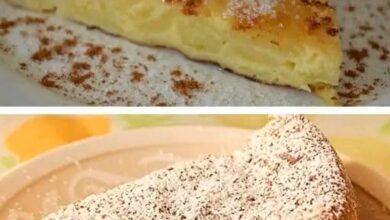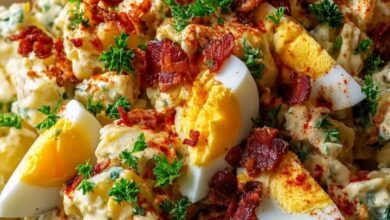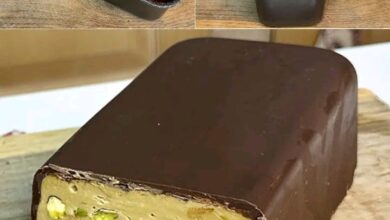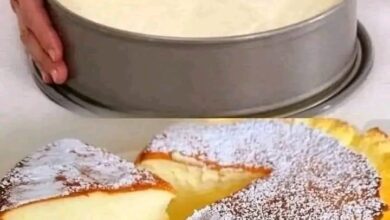Origin & Cultural Significance
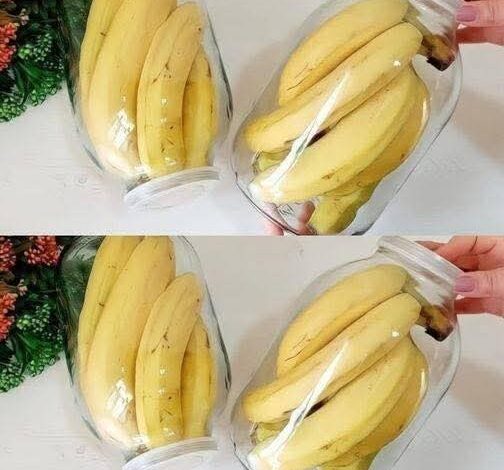
Here’s a detailed guide to preserving bananas so they last much, much longer — plus a recipe‑style method, tips, and all the rest. If you try it, I’d love to hear how it works for you!
—
Introduction
Bananas are one of the most popular fruits worldwide — sweet, nourishing, easy to eat. But they spoil quickly: after a few days at room temperature, the peel turns brown or black, the flesh softens, flavor changes, and often we end up wasting many.
Many people seek ways to extend their life so they can always have bananas on hand, cut down waste, and save money. Some folk claim there’s a method to preserve bananas for up to two years using freezing or dehydration techniques. While “two years” is ambitious, under very good conditions, some preserved banana products do indeed stay usable for that long (especially dehydrated slices or in sealed, low‑moisture environments).
—
While no single traditional culture has a universally recognized “2‑year banana preservation” recipe, many cultures have methods for preserving bananas or plantains:
In tropical regions, bananas are sometimes dried (sun‑dried or smoke‑dried) for later use.
Banana jams, preserves, or cooked pastes are typical in South Asia, Southeast Asia, and parts of Africa.
In modern food storage, freezing and dehydration have become primary methods, especially in places with access to freezers or drying technology.
The idea of extremely long storage (1‑2 years) comes more from food‑storage / survivalist / emergency preparedness circles than from ancient folk tradition. But people adapt preserved banana chips, powders, or pastes into local cuisines (desserts, porridge, baking, etc.).
—
Ingredients / Materials & Optional Additions
Here are the materials/ingredients you’ll need for some of the best long‑term preservation methods, plus possible additions. There are two main methods: dehydration (for dried banana chips or banana powder) and freezing. I’ll focus especially on dehydration, since proper drying + packaging can realistically allow storage up to 1‑2 years.
Material / Ingredient Role / Purpose
Bananas (ripe but not over‑ripe) Starting fruit; ideally at ideal ripeness so that flavor is good and sugar content manageable.
Acid (lemon juice or citric acid) To help prevent browning during slicing, especially for dehydration.
Knife and cutting board For slicing uniformly.
Dehydrator or oven with low‑temperature setting (approx. 50‑60 °C / ~125‑140 °F) To dry the banana slices slowly and thoroughly.
Baking tray or dehydrator trays For placing banana slices single layer.
Airtight containers (glass jars, Mylar bags, vacuum‑sealed bags) To store dried bananas, keep out moisture & air.
Oxygen absorbers or silica gel packs (optional) To help reduce humidity and oxygen inside packaging.
Dark, cool storage place Heat, light, moisture accelerate spoilage; cool and dark help maintain quality.
Optional additions (for flavor, variety, or practicality):
Spice coating: a little cinnamon, nutmeg, or cocoa on dried slices.
Sugar or sweeteners (if you want banana chips sweeter).
Mixed fruit drying alongside bananas.
Vacuum packaging or Mylar bags for longer shelf stability.
—
Recipe / Method (Dehydrated Banana Chips for Long Term Storage)
Below is a step‑by‑step “recipe” type method to prepare banana chips that, stored well, can last up to about 1‑2 years.
—
Ingredients / Quantities
Bananas, firm but ripe — quantity: whatever you want, e.g. 1 kg
Lemon juice or diluted citric acid: enough to cover slices in a bowl (e.g. 1‑2 tablespoons lemon juice in ~½ cup water)
Optional: sugar or honey (if you want sweetened chips), spice (cinnamon etc.)
—
Tips for Success (Things to Watch Out For)
Use bananas that are ripe but not overripe (no large brown spots or mushy parts).
Slice uniformly — similar thickness (about ¼ inch / ~6 mm is good) so drying is even.
Prevent browning: dip slices into acid solution (lemon juice + water) immediately after slicing.
Dry thoroughly: any residual moisture will encourage mold or spoilage.
Dry in single layer, avoid overlapping slices.
Use low temperature and good airflow.
Once dry, cool thoroughly before packaging.
Store in airtight, moisture‑proof containers, ideally with oxygen absorbers.
Keep storage at stable cool temperature, away from direct sunlight.
—
Instructions
1. Prepare Bananas
Peel bananas, slice into pieces ~6 mm thick.
2. Prevent Browning
Mix lemon juice (or citric acid) with water. Dip the banana slices for a minute, then shake off excess.
3. Drying
Preheat your dehydrator (or oven) to ~55‑60 °C (around 125‑140 °F).
Arrange slices in a single layer on drying trays or baking sheets.
If using an oven, leave door slightly ajar (if safe) to allow moisture to escape.
4. Dry until Crisp
Dry for many hours (often 8‑12 hrs depending on thickness and humidity), until the banana chips snap (they shouldn’t feel leathery or moist).
5. Cool & Package
Let the dried banana chips cool completely in dry air. Place them in airtight containers or vacuum‑seal them. Use oxygen absorbers or silica gel packs if possible. Label with date.
6. Storage
Store in a dry, dark place, ideally cooler (e.g. ≤25 °C, less humidity). Avoid temperature fluctuations.
—
Description of Final Product
The result will be banana chips that are:
Lightly golden (or slightly darker depending on banana and drying), crispy and dry.
Not mushy, not moist; able to crunch or snap.
Sweet, with concentrated banana flavor.
Easily rehydrated (if needed) or eaten straight as snack.
Suitable to grind into banana powder.
—
Nutritional Information
While precise values depend on banana variety, dryness, and any added sugar, approximate values per 100 g dried banana chips might be:
Nutrient Approx. Amount
Calories ~350‑400 kcal
Carbohydrates ~80‑90 g (most being natural sugars)
Dietary Fiber ~5‑10 g
Protein ~3‑5 g
Fat ~1‑2 g or less (unless you add fat)
Vitamin C Reduced vs fresh (some loss in drying)
Potassium Still significant, though less “hydrated” per gram
Other vitamins (B6, etc.) Some loss, but dried bananas still provide useful amounts
—
Conclusion & Recommendation
Preserving bananas via drying/chips is one of the more realistic paths to get long shelf‑life — possibly 1‑2 years under ideal conditions (very dry, well sealed, cool). Freezing works for moderate term (several months) but more difficult to maintain quality for 1‑2 years unless deep‑freezer and proper packaging.
If you want maximum longevity, go with:
dehydration (as above)
removal of moisture
oxygen exclusion
stable cool storage
—
Embracing Healthful Indulgence
Bananas are delicious, naturally sweet, high in potassium, fiber, vitamins. When you preserve them well, you can enjoy them over time without waste, without needing to add lots of preservatives. Dried banana chips make a satisfying snack, a neat way to manage cravings, or a way to add flavor to cereal or baking. Just watch added sugar and portion size, since drying concentrates sugars.
—
If you want, I can send you a printable recipe card for this method, plus alternative methods tailored to what tools you have (oven vs dehydrator vs freezer) and what banana varieties are common where you live. Do you want that?
